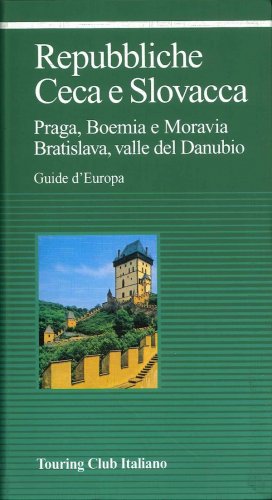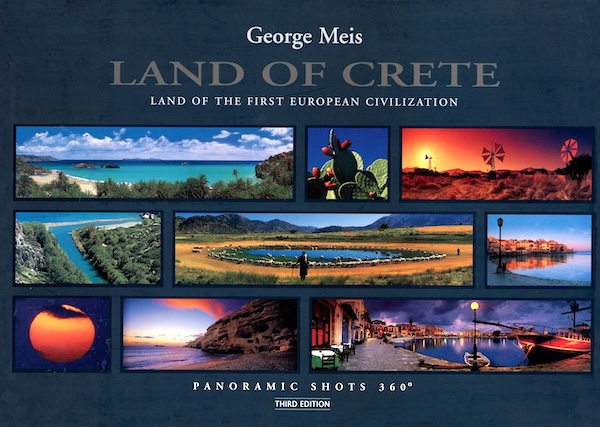View to the Aegean
View to the Aegean
- Disponibile in 7 giorni
- Possibilità di reso entro 10 giorni lavorativi
- Transazione sicura con carta di credito, Paypal o bonifico bancario
- Spedizione tracciata con SDA
The Aegean is the sea that lies between the shores of mainland Greece, the shores of Asia Minor and Crete. The Aegean sea starts at Samothrace and reaches Kastellorizo. Its climate is classified as Mediterranean and the biggest town in the region is Rhodes. Mythology has it that the Aegean sea was named after the king of Athens, Aegeus. His son, Theseus, travelled to Crete in order to slay the Minotaur, and had promised his father to change his ship's black sails to white if he returned a victor. Theseus killed the Minotaur but, on his way back, he forgot to change his sails. As soon as his father, who was waiting for him at cape Sounion, saw the ship on black sails, threw himself in the sea in his despair and drowned. Ever since, the sea has been called the Aegean. The Aegean sea was the cradle of the Aegean civilization. It is hardly a matter of chance that it has been the crossroads for the trade and communication of the nations of the West and the East. These islands developed some of the earliest European civilisations such as the Minoan and the Cycladic civilisations; that is why they have rich in finds archaeological sites and fascinating local traditions of a longstanding and multifaceted culture. The sacred island of Delos was one of the most significant places of the ancient Greek world, featuring temples that honour the birthplace of the twin deities Apollo and Artemis. The Aegean is an area of incomparable beauty that welcomes millions of visitors from every corner of the earth every year. All shades of blue and of light in one vast sea. Turquoise waters, golden sand, whitewashed houses, idyllic beaches, picturesque sea-washed fishing villages. Choras (main town on an island) perched on rocks. Archaeological sites, religious monuments, impressive castles adorn the Aegean islands. All these combined with the excellent climatic conditions make the Aegean one of the most attractive seas in the world. The Aegean never ceases to provide experiences, images and col-ours that stay in memory and thrill the senses. The Aegean flavours are unique and heighten the Mediterranean diet. Mediterranean diet dishes with overwhelming aromas from herbs and aromatic plants that grow wild on the rocks create an outstanding cuisine that satisfies even the most demanding visitor. Local products of high quality and nutritional value such as virgin olive oil, lemons, split-pea, figs, mastic, honey, thyme, sour-milk cheese, tomato-balls, wine, high quality meat, fish and seafood are some of the small wonders of the Aegean. The Aegean islands, real jewels on the High sea, have their own singular and special beauty. The aristocratic islands of the Argo-Saronic gulf, Hydra, Spetses, Aegina, Poros. The renowned Cyclades with the romantic sunset of Santorini, cosmopolitan Mykonos, exotic Koufonisia, Aphrodite's island Milos and ancient Delos. In the Dodecanese we find the island of the knights Rhodes, Patmos, colourful Symi, traditional Karpathos and gorgeous Lipsi. The verdant Sporades islands. Leventoyenna (bearing brave men) Crete, exotic Elafonisos, the off the beaten track "gems" from the islands of Anafi, Kimolos and Astypalaia to Kastellorizo and Thasos. All of them are the Aegean.









